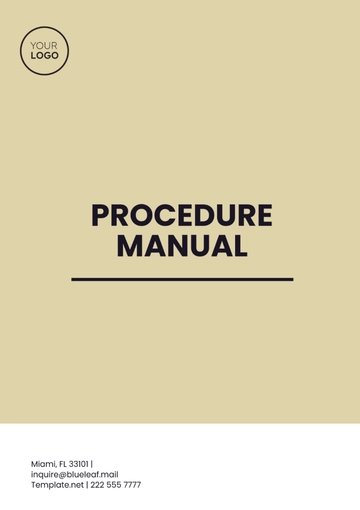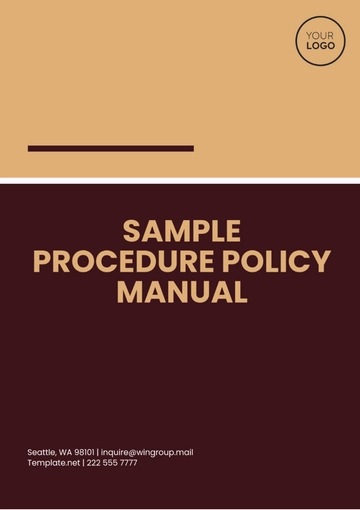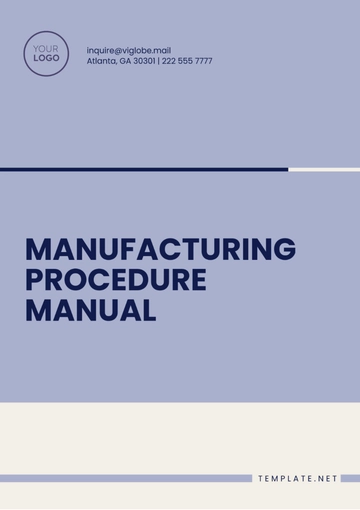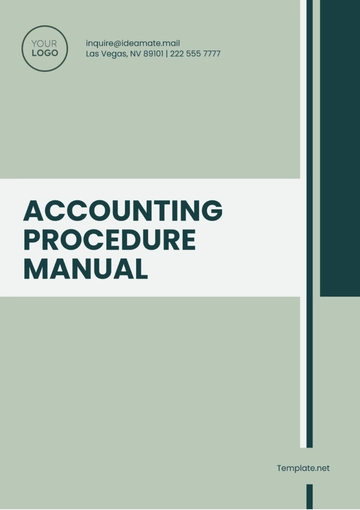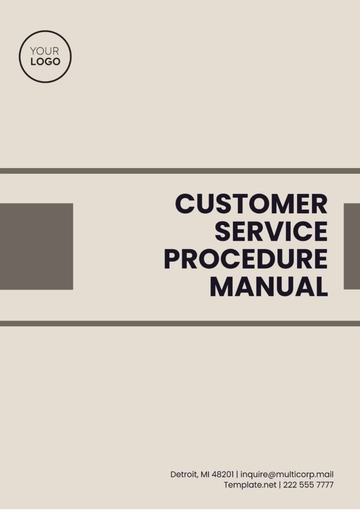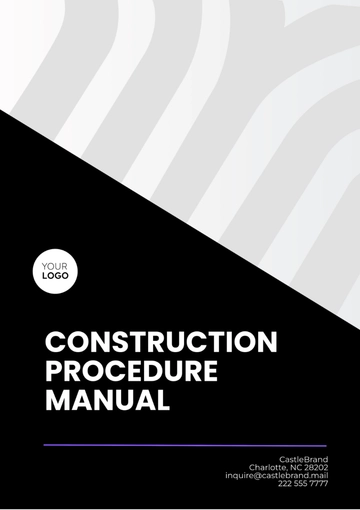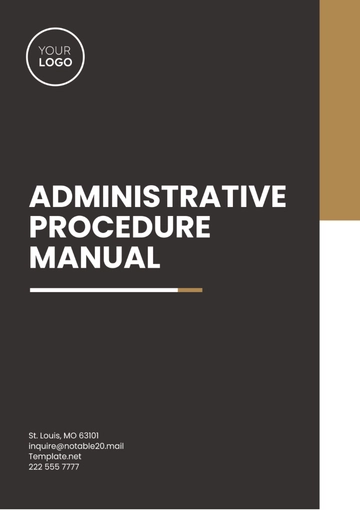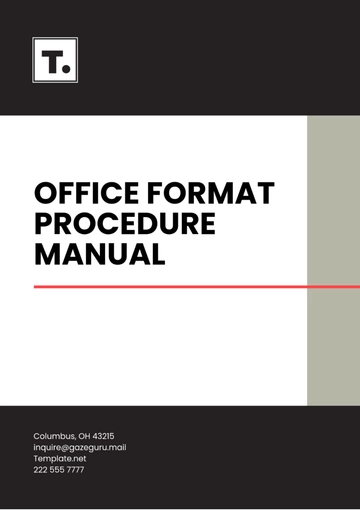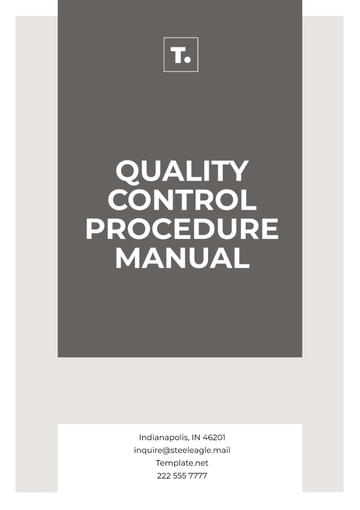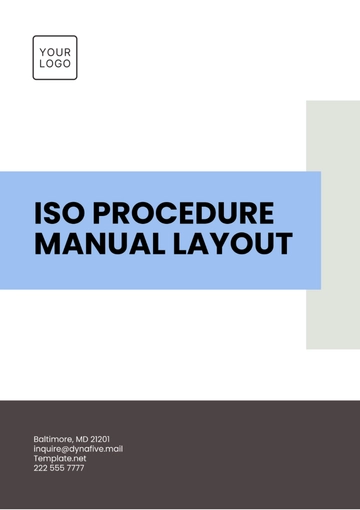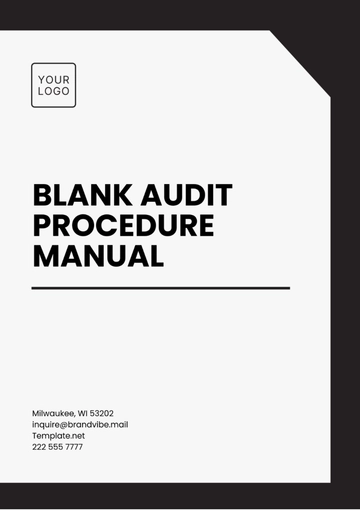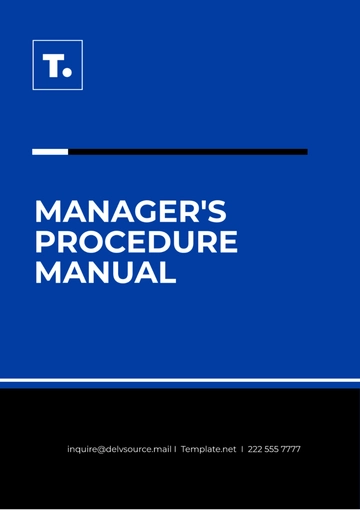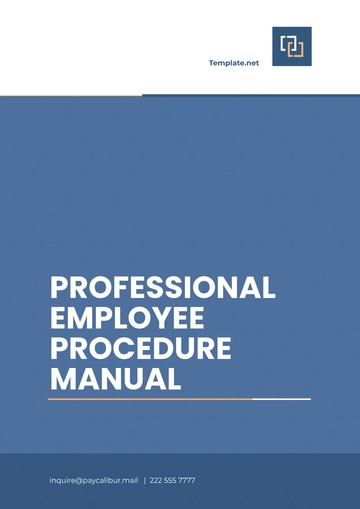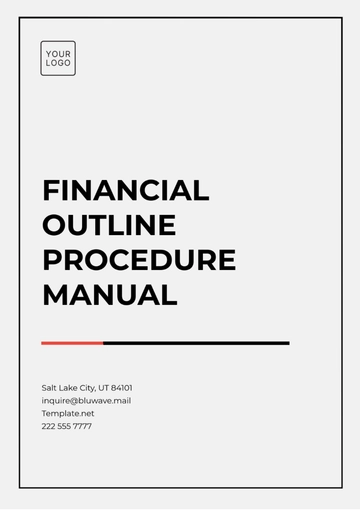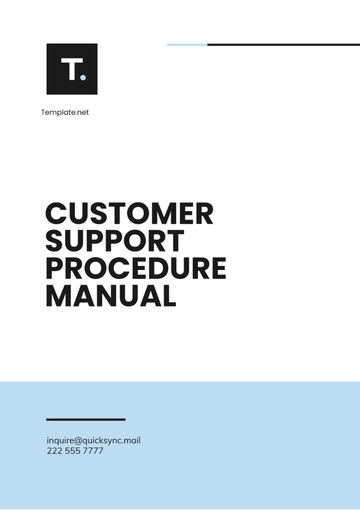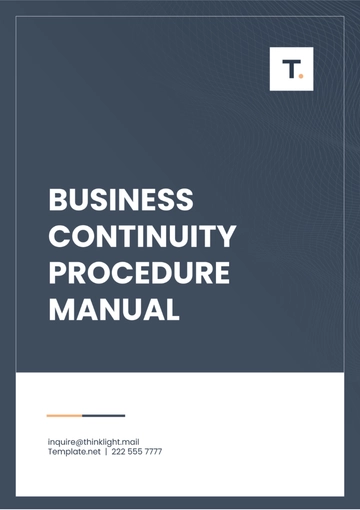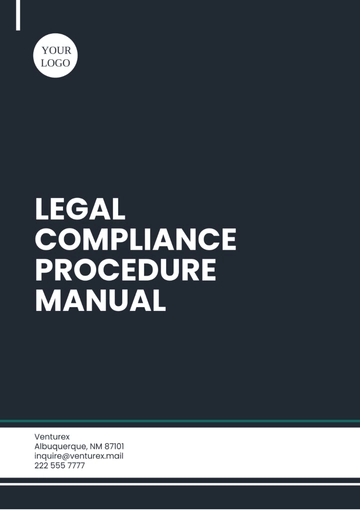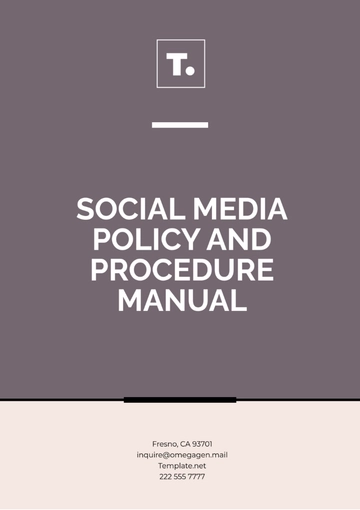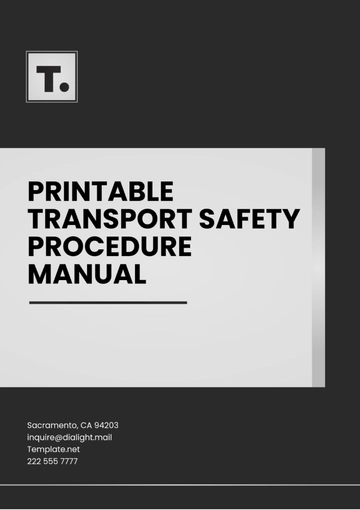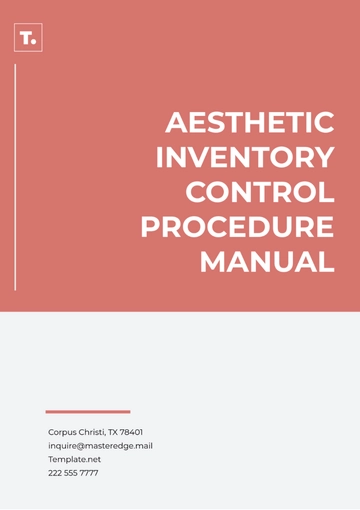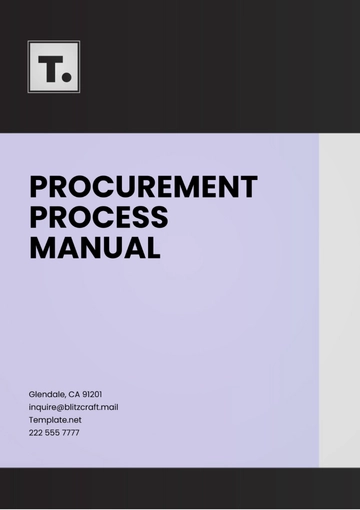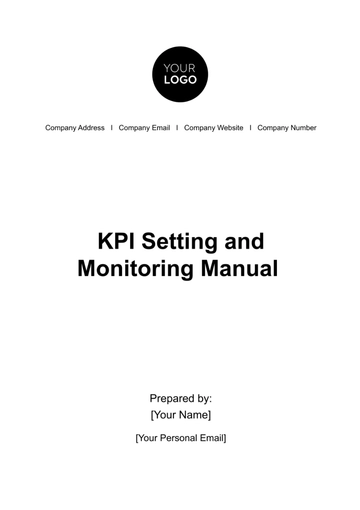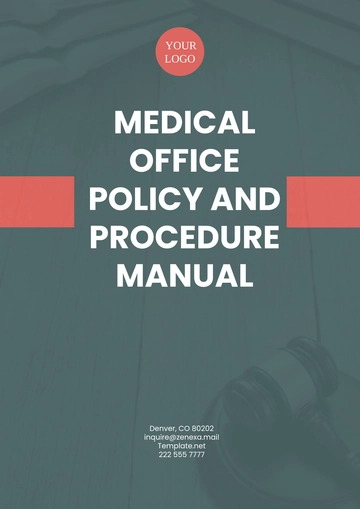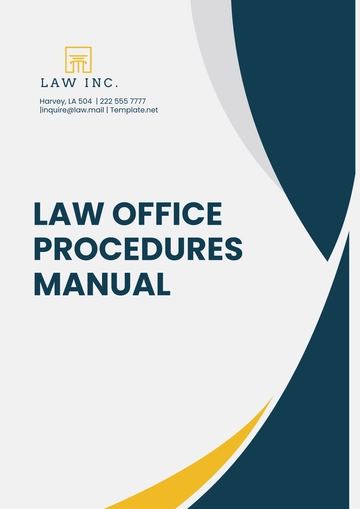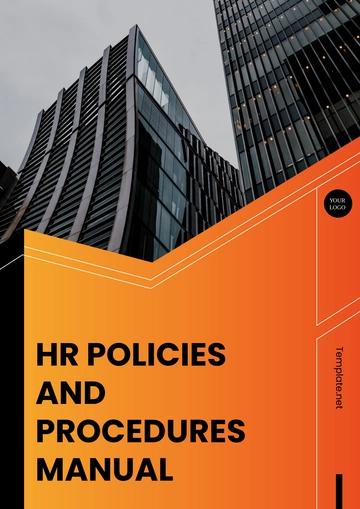Free Policy & Procedure Manual for HR Legal Audits
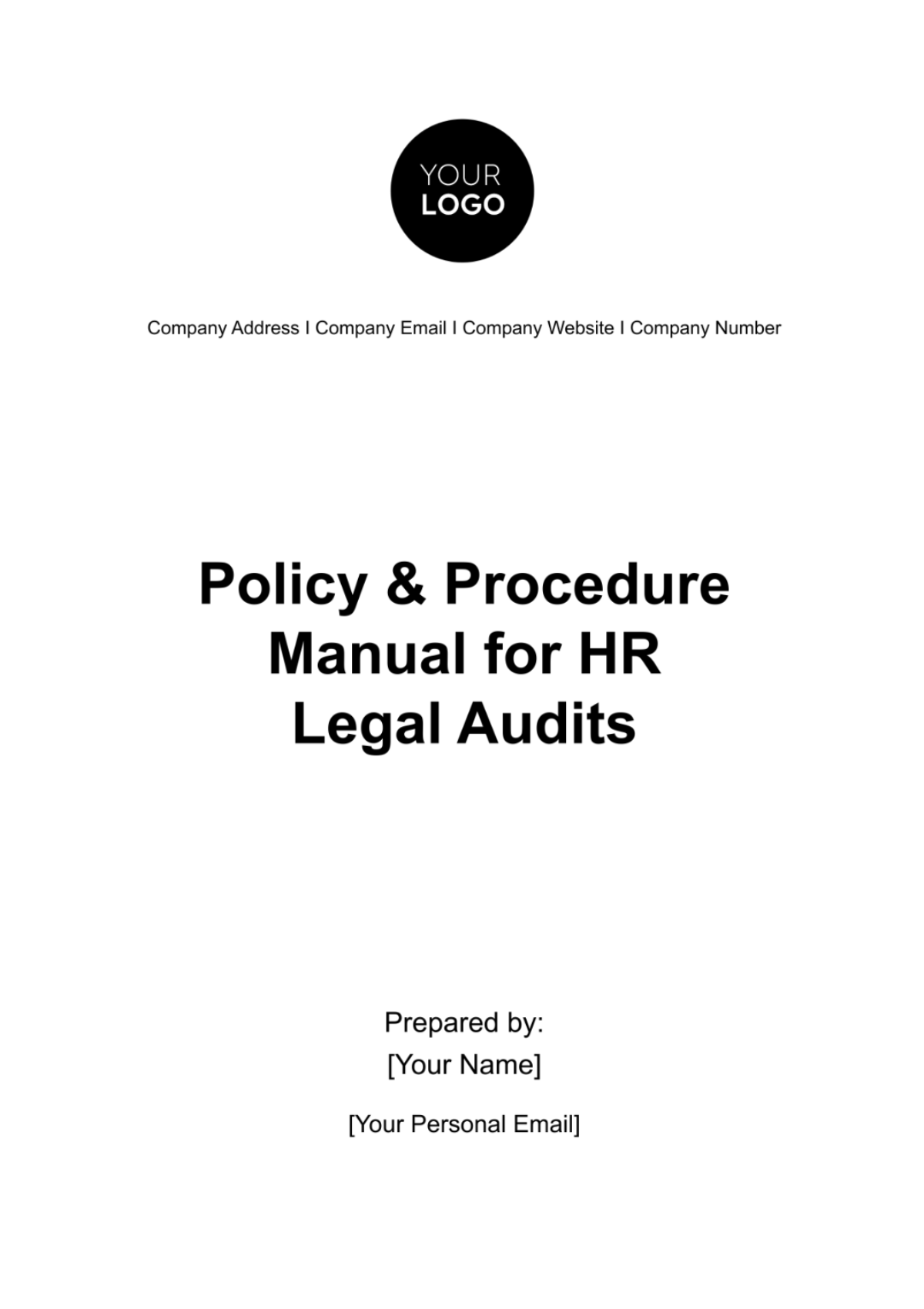
Published By: [Your Company Name]
Date: [Month Day, Year]
Table of Contents
Introduction
Purpose
Scope
Responsibilities
Procedures
Documentation
Compliance Metrics
Revision History
Appendices
Contact Information
1. Introduction
A. Background
This manual outlines the policies and procedures for conducting Human Resources (HR) legal audits at [Your Company Name]. The HR legal audit is a comprehensive review designed to ensure compliance with federal, state, and local laws, as well as internal company policies. The audit aims to identify areas of risk, inefficiencies, and opportunities for improvement.
B. Importance
HR legal audits are essential for maintaining a legally compliant and effective HR function. They serve as a proactive measure to identify and mitigate risks, thereby protecting [Your Company Name] from potential legal liabilities and reputational damage.
2. Purpose
A. Objectives
The primary objectives of HR legal audits are to:
Identify legal risks and vulnerabilities
Ensure compliance with employment laws and regulations
Improve HR processes and policies
Protect [Your Company Name] from potential legal liabilities
Enhance employee satisfaction and engagement
B. Benefits
Conducting regular HR legal audits offers several benefits:
Risk Mitigation: Early identification of legal risks allows for timely corrective action.
Operational Efficiency: Streamlining HR processes can lead to cost savings.
Legal Compliance: Ensures that the company is up-to-date with the latest legal requirements.
Employee Satisfaction: A compliant HR department contributes to a better work environment.
3. Scope
A. Coverage
This manual applies to all employees involved in the HR legal audit process, including:
HR professionals
Legal advisors
Department heads
Senior management
B. Limitations
The audit does not cover third-party vendors or contractors unless explicitly stated.
4. Responsibilities
A. Role Allocation
The following table outlines the roles and responsibilities involved in the HR legal audit process:
Role | Responsibilities |
HR Manager | Oversee the entire audit process, assign tasks, and ensure compliance. |
Legal Advisor | Provide legal guidance during the audit, review findings, and suggest corrective actions. |
Department Heads | Collaborate with HR to provide necessary documents and information. |
Audit Team | Conduct the audit, collect data, and prepare reports. |
Senior Management | Review audit findings, approve action plans, and allocate resources for implementation. |
B. Accountability
Each role is accountable for the timely and accurate completion of their tasks. Failure to comply may result in disciplinary action.
5. Procedures
A. Preparation
Identify Audit Scope
Determine the areas to be audited, such as payroll, benefits, or employee files. The scope should be aligned with the company's strategic objectives and legal requirements.
Assemble Team
Form an audit team consisting of HR professionals, legal advisors, and other relevant stakeholders. Assign roles and responsibilities as outlined in Section 4.
Notify Departments
Inform relevant departments about the upcoming audit through official communication channels. Provide a timeline and list of required documents.
B. Conducting the Audit
Collect Data
Gather all necessary documents, records, and data for the audit. This may include employee files, payroll records, benefits documentation, and compliance certificates.
Review Compliance
Assess compliance with federal, state, and local laws, as well as internal company policies. Use checklists and templates to ensure a thorough review.
Identify Issues
Note any discrepancies, violations, or areas of concern. Document these findings for further analysis and action.
C. Post-Audit
Compile Report
Summarize the audit findings, recommendations, and action plans in a comprehensive report. Include supporting evidence and data.
Review with Management
Present the audit report to senior management for review and approval. Discuss the findings, implications, and proposed action plans.
Implement Changes
Once approved, initiate the implementation of corrective actions. Allocate resources, set timelines, and assign responsibilities for each action item.
6. Documentation
A. Storage
All audit documentation should be stored securely, both in physical and digital formats, to ensure confidentiality and compliance with data protection laws.
B. Retention
Audit records should be retained for a minimum of seven years, or as required by applicable laws.
C. Access
Access to audit documentation is restricted to authorized personnel only. Any unauthorized access or disclosure may result in disciplinary action.
7. Compliance Metrics
Audit Areas | Average Compliance Rate (%) |
Payroll | 80 |
Benefits | 90 |
Employee Files | 70 |
Training & Development | 85 |
Recruitment | 88 |
Performance Management | 92 |
This data represents the average compliance rates across different audit areas. It serves as a quantitative measure to assess how well [Your Company Name] is complying with legal requirements and internal policies in each area.
Payroll: 80% compliance indicates that there may be some issues that need to be addressed.
Benefits: High compliance at 90% suggests that this area is well-managed.
Employee Files: At 70%, this area has the lowest compliance and needs immediate attention.
Training & Development: With 85% compliance, this area is relatively well-managed but has room for improvement.
Recruitment: At 88%, this area is also well-managed.
Performance Management: The highest compliance rate at 92% indicates excellent management.
To visualize the compliance metrics, the following chart is provided:

8. Revision History
Version | Date | Revised By | Changes Made |
1.0 | [MM-DD-YYYY] | [Your Name] | Initial draft |
9. Appendices
Appendix A: HR Legal Audit Process Flowchart
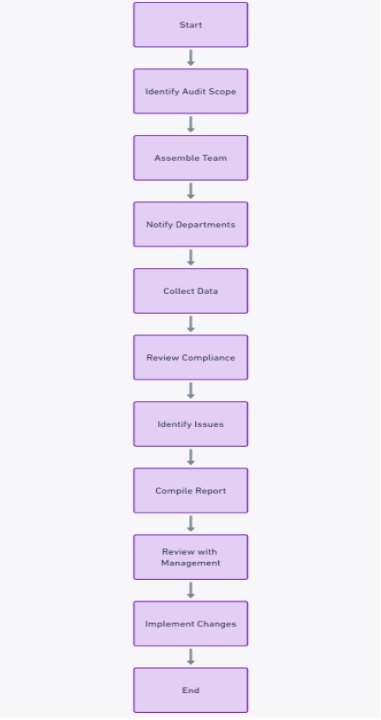
10. Contact Information
Company Name: [Your Company Name]
Email: [Your Company Email]
Address: [Your Company Address]
Phone Number: [Your Company Number]
Website: [Your Company Website]
Social Media: [Your Company Social Media]
For any questions or clarifications, please contact [Your Email].
This manual is intended to serve as a comprehensive guide for conducting HR legal audits at [Your Company Name]. Adherence to the policies and procedures outlined herein is mandatory for all involved parties. Failure to comply may result in disciplinary action, up to and including termination.
- 100% Customizable, free editor
- Access 1 Million+ Templates, photo’s & graphics
- Download or share as a template
- Click and replace photos, graphics, text, backgrounds
- Resize, crop, AI write & more
- Access advanced editor
Break down the complexities of HR legal audits with Template.net's Policy & Procedure Manual for HR Legal Audits Template. This editable, customizable document is meticulously designed to help marketing professionals with their audit needs. Mold it to your specific requirements directly in our Ai Editor Tool. Take a step towards efficient, organized, and error-free audits today.
